There are always some problems needed to be solved due to rebadged. Here are two questions about the transceiver support of HP 3Com rebadged switches. Thanks to the people who gave out the answers.
Question 1: I am a little confused regarding 10-GbE SFP+ Transceiver Support on older 3Com/HP 4800G Switch Series. HP lists several X130 SFP+ Transceivers as compliant with the 3Com/HP 4800G Switch line. According to all information I found until now, SFP+ is NOT backward compatible to SFP. The original, Comware-based, 4800G Switch Series has definitely no SFP+ ports, only SFP. HP may have changed this in more recent model revision like the HP 5500 EI Switch Series. But the original 4800G Switch Series has clearly no SFP+. How can HP list therefore here these HP X130 SFP+ Transceivers as compliant to the 3Com 4800G Switch Series?
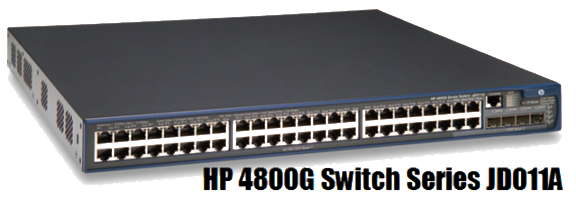
The 3Com 4800G and HP 5500-EI switchs are very similar, only difference seems to be support for PoE+ and the much more powerful power supply (up to 740W) at the HP 5500-EI. Interestingly, this (JD368B) HP 5500/5120, 2-port, 10GbE SFP+ Module is NOT listed at the HP 4800G accessories product page. It is listed only at HP 5500-EI accessories page.
BUT, if you click there on it, a window opens, and you will see that the 4800G (and others) will be yet listed! Very confusing and incomprehensible, why it is listed here as compatible but not at the HP 4800G accessories product page? It's probably listed because you can add a 10GbE SFP+ module to the back of the 4800G. I'm trying to find out who the Product Manager is to confirm. I'll also take a look at one of mine in the lab.
According to the HP Accessory list, HP 4500G Switch Series Accessories the only options available for the 4500 and 4800 switches are 10Gb XFP and LCM modules and one 1GbE SFP transceiver (such as HP transceiver JD119B, JD089B, etc.). I was in touch with the product manager this week and there is no SFP+ version available. He also told me that the 4800G and its options have been end of life for years but we still continue to support them. The page could have been written better to make the accessory list more clear.
Tips: 3Com 4800G is the same as HP A5500-EI. It's also mentioned within the release notes. Also you can try it out yourself. Type "brand h3c" on the switch and reboot. After that you'll have an H3C S5500-EI switch. If you want to stack an 3Com 4800G switch with an HP E4800G switch you have to "brand hp" the 3Com devices. That's also mentioned within the release notes. Talking about 10Gb fiber. If you want to use SFP+ optics, you have to install the SFP+ modules first. I use those for my 4800G switches. Before HP A5500EI family, there were another 2 product families, i.e 3Com 4800G and H3C S5500EI, shipped to market. All of these three product families have same hardware and software specification except brand.
Question 2: I have two HP ProCurve JE005A V1910 switches installed in two offices. These two office are in the same building 70 meters apart, but the work enviroment has heavy Electro-Magnetic Interference (EMI). So I want to use a fiber connection to link them up rather than a stand Ethernet cable. I have done some research and found that the SX module are more than sufficient. What I can not understand is what is the difference between the J4858C and JD118B HP SFP modules.

So what is the difference between J4858C and JD118B for the JE005A? The J4858C is what was the traditional ProCurve branded part, the HP JD118B the former 3Com one. Some of the switches only work with branded SFPs: generally you can use a ProCurve part in a 3Com switch but not always the other way round. Unless you are keeping a common pool of spares or similar, it doesn't matter which you use.
As HP JE005A V1910 switch is a new prodcut (as in just bought, a V1910 is one of the rebadged 3Com models), would the J4858C be the way to go for best compatability? To create a fiber link, do I need both adapters on both switches or just one each? The answer is that one (at each end) of either would be fine.
These are small problems but a lot of people are influenced. As there are much more other problems of brands rebadged among HP, 3Com and H3C etc., and considering about the expensive SFP transceivers, more and more users begin to choose generic compatible transceiver modules which can really replace the position of original ones.
Article Source: Transceiver Support for HP 3Com Rebadged Switches
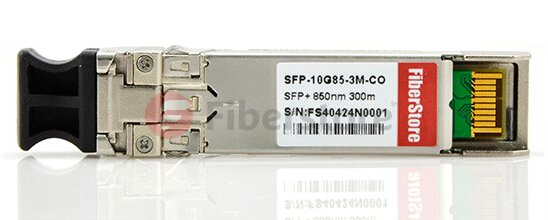



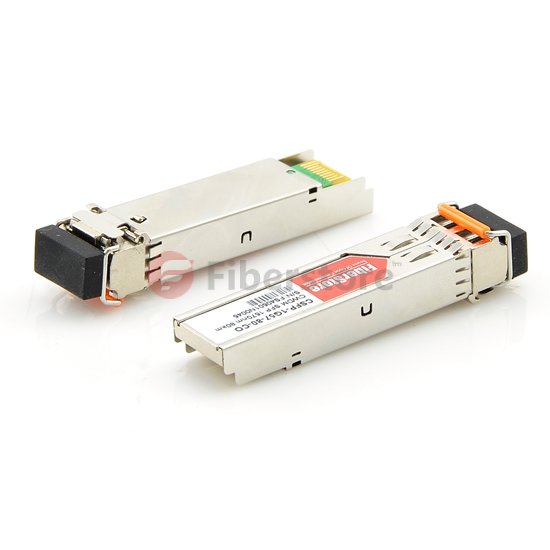

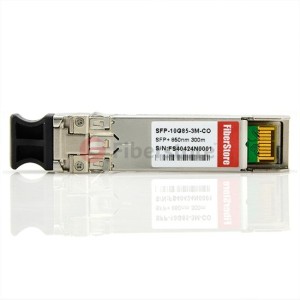
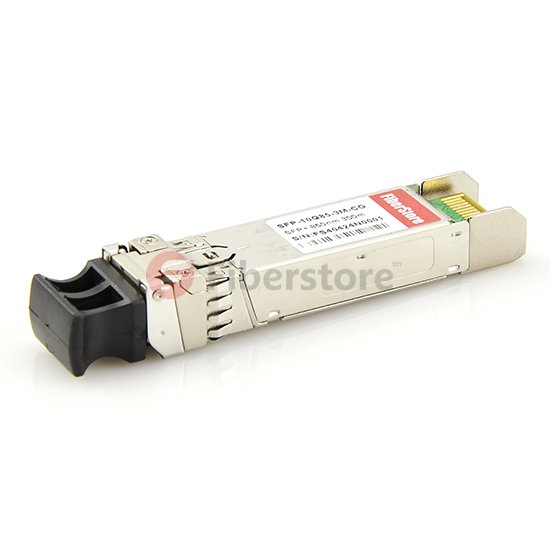



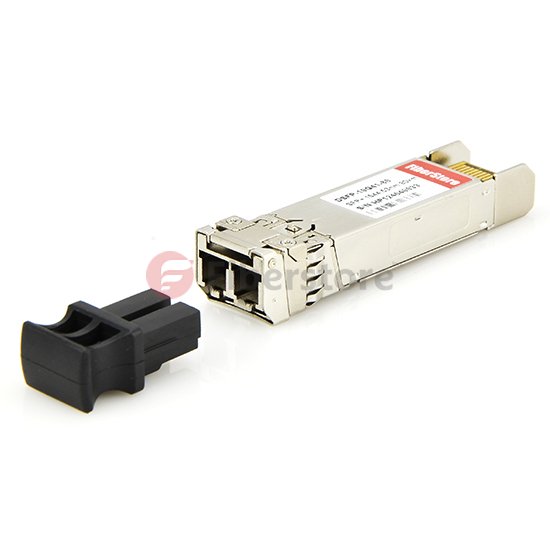











 Q4S-PC-30-X-CO series products are compatible for Cisco 40GBASE-CR4 QSFP to 4 10GBASE-CU
Q4S-PC-30-X-CO series products are compatible for Cisco 40GBASE-CR4 QSFP to 4 10GBASE-CU  Q4S-AOC-X-CO series products are compatible for Cisco 40GBase-AOC QSFP to 4 SFP+ active optical breakout cable 1-10 meter solution. Fiberstore QSFP to four SFP+ Active Optical breakout cables are suitable for very short distances and offer a flexible way to connect within racks and across adjacent racks. Active optical cables are much thinner and lighter than copper cables, which makes cabling easier. AOCs enable efficient system airflow and have no EMI issues, which is critical in high-density racks. These breakout cables connect to a 40G QSFP port of a Cisco switch on one end and to four 10G SFP+ ports of a Cisco switch on the other end. We offer active optical breakout cables in lengths of 1, 2, 3, 5, 7, and 10 meters.
Q4S-AOC-X-CO series products are compatible for Cisco 40GBase-AOC QSFP to 4 SFP+ active optical breakout cable 1-10 meter solution. Fiberstore QSFP to four SFP+ Active Optical breakout cables are suitable for very short distances and offer a flexible way to connect within racks and across adjacent racks. Active optical cables are much thinner and lighter than copper cables, which makes cabling easier. AOCs enable efficient system airflow and have no EMI issues, which is critical in high-density racks. These breakout cables connect to a 40G QSFP port of a Cisco switch on one end and to four 10G SFP+ ports of a Cisco switch on the other end. We offer active optical breakout cables in lengths of 1, 2, 3, 5, 7, and 10 meters. QQ-AOC-X-CO series products are compatible for Cisco 40GBase
QQ-AOC-X-CO series products are compatible for Cisco 40GBase